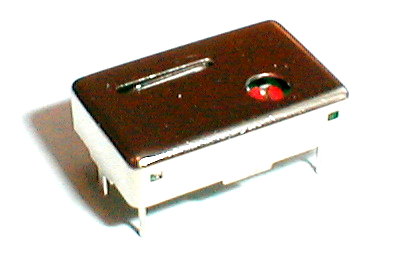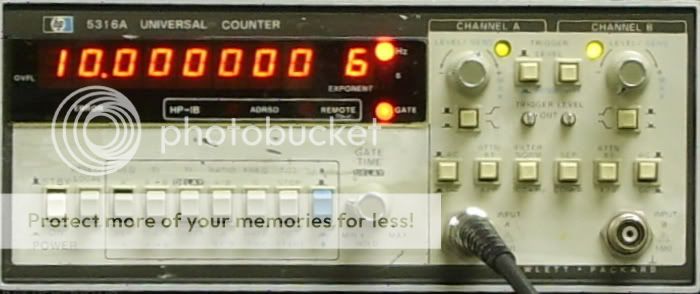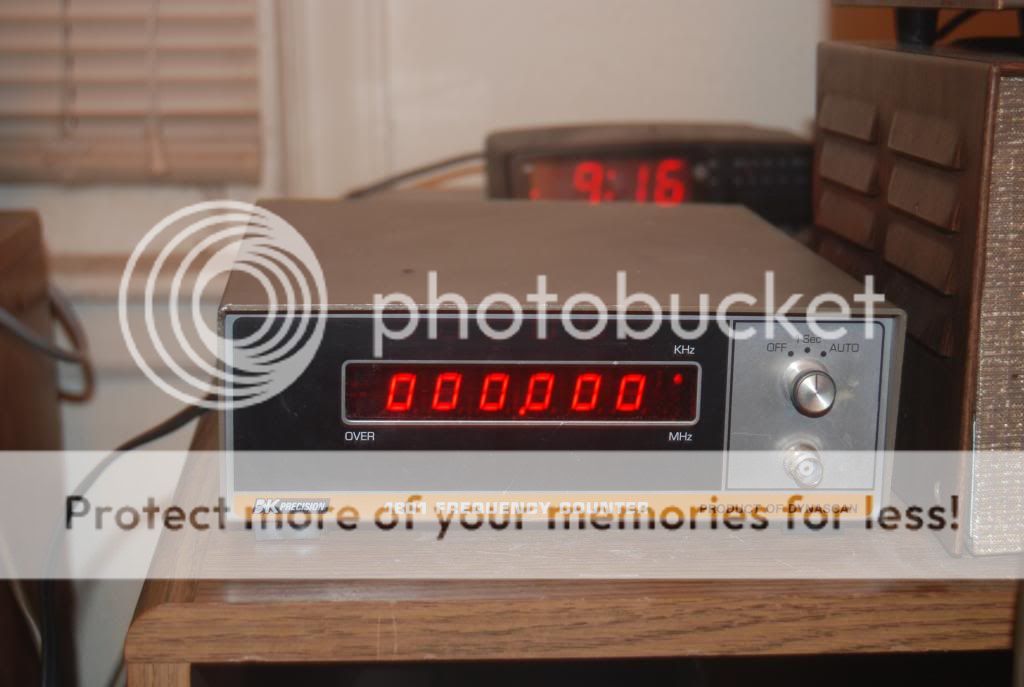He means the 1 Hz resolution.
Yeah...why is it hard to believe...just means its a good freq counter...right?
He means the 1 Hz resolution.


A decent freq counter will have a TCXO in it. That will keep it pretty stable after it warms up. W/o a TCXO, it won't get stable and be reliable when adjusting radios.
I don't know if your counter has one.
I find it hard to accept that your counter can read down to 1hz since there are only six places that it can read out - unless it eliminates the Mhz places altogether. The Hp I use can read 27.000.000mhz; that takes up eight readout places. Your counter only has six places that readout. THe last three zeros being the most significant when doing alignments.
Sure hope your counter can do that.


A decent freq counter will have a TCXO ('temperature controlled crystal oscillator' pictured above) in it. That will keep it pretty stable after it warms up. W/o a TCXO, it won't get stable and be reliable when adjusting radios. The TCXO is differrent from just a regular crystal in that it has its own heat source so that it can reach its assigned freq and stay very stable there. W/o a heating element, a crystal can/will drift.
I don't know if your counter has one.
I find it hard to accept that your counter can read down to 1hz since there are only six places that it can read out - unless it eliminates the Mhz places altogether. The Hp 5316A counter I use can read 27.000.000mhz (an example); that takes up eight readout places. Your counter only has six places that readout. The last two places being the most significant when doing alignments.
Look at the face of your counter. You can count only six places on it; so how can it read an eight digit number? ANS: it can't. Hope this point makes it clear now.

Sure hope your counter can do that.
Where can you buy a "RF Signal Sampler" for a reasonable price?

Thanks Rob, I had seen it when searching,
Question: Does the BCN on the sampler go to your signal generator?
This might be a dumb question...but can you get a freq counter reading by putting a ferrite bead on your coax and keying up the radio and touching it with the freq counter probe?
Not a dumb question.
But no; it needs to have wire wrapped around the ferrite 5-6 times so it can pick up a very slight voltage that can be read by the freq counter.
So could you make one without the box on a coax jumper?
